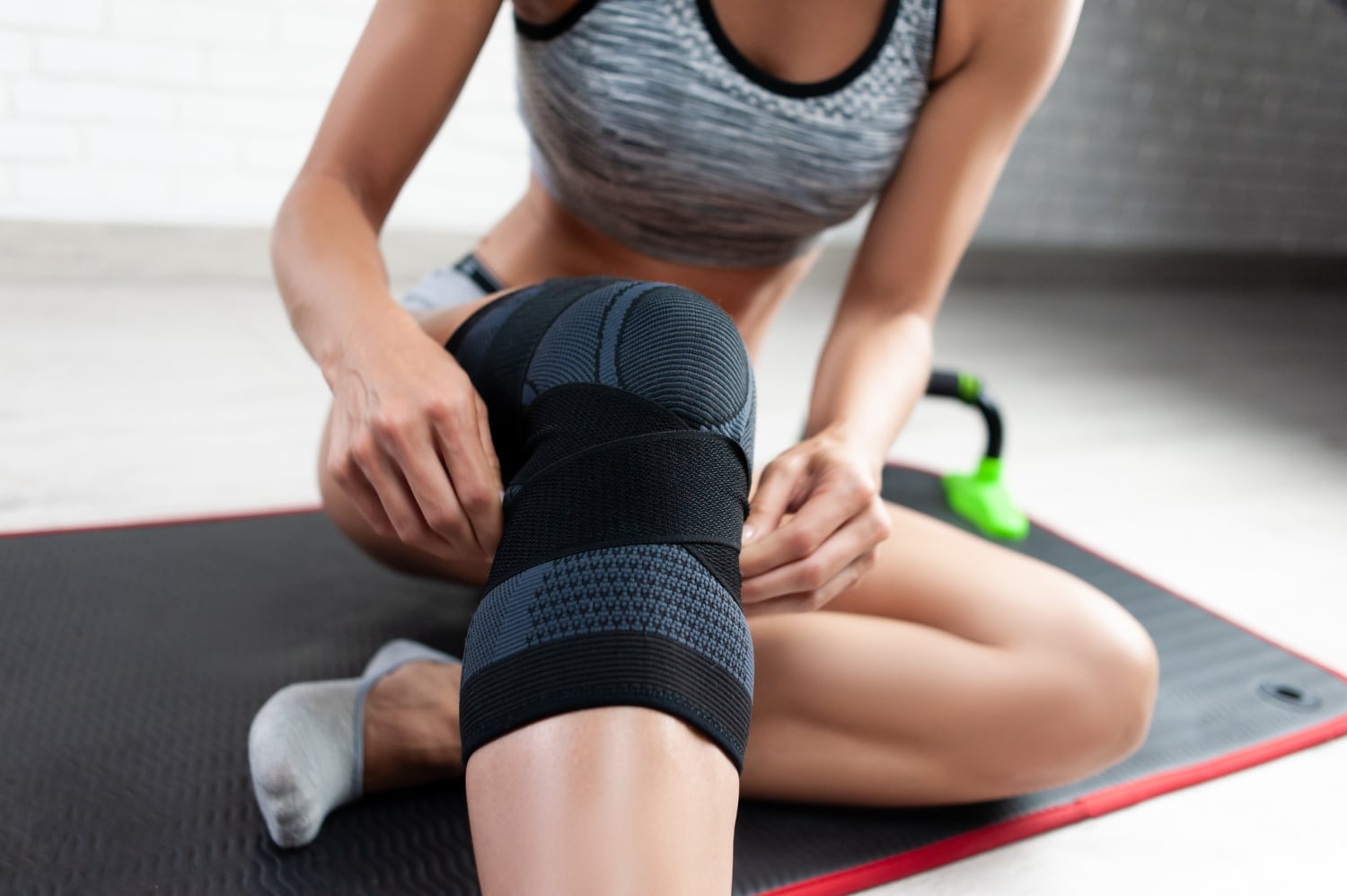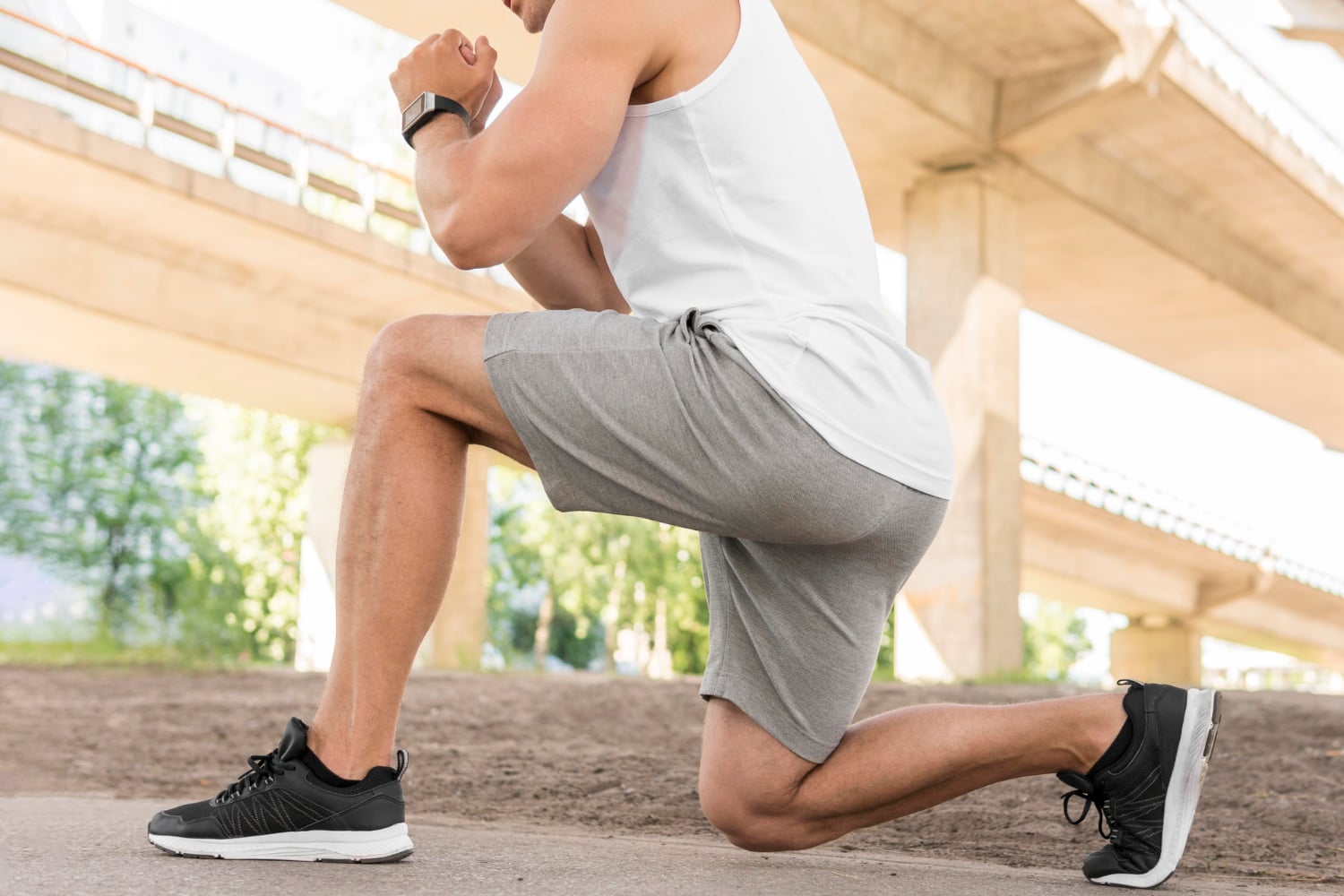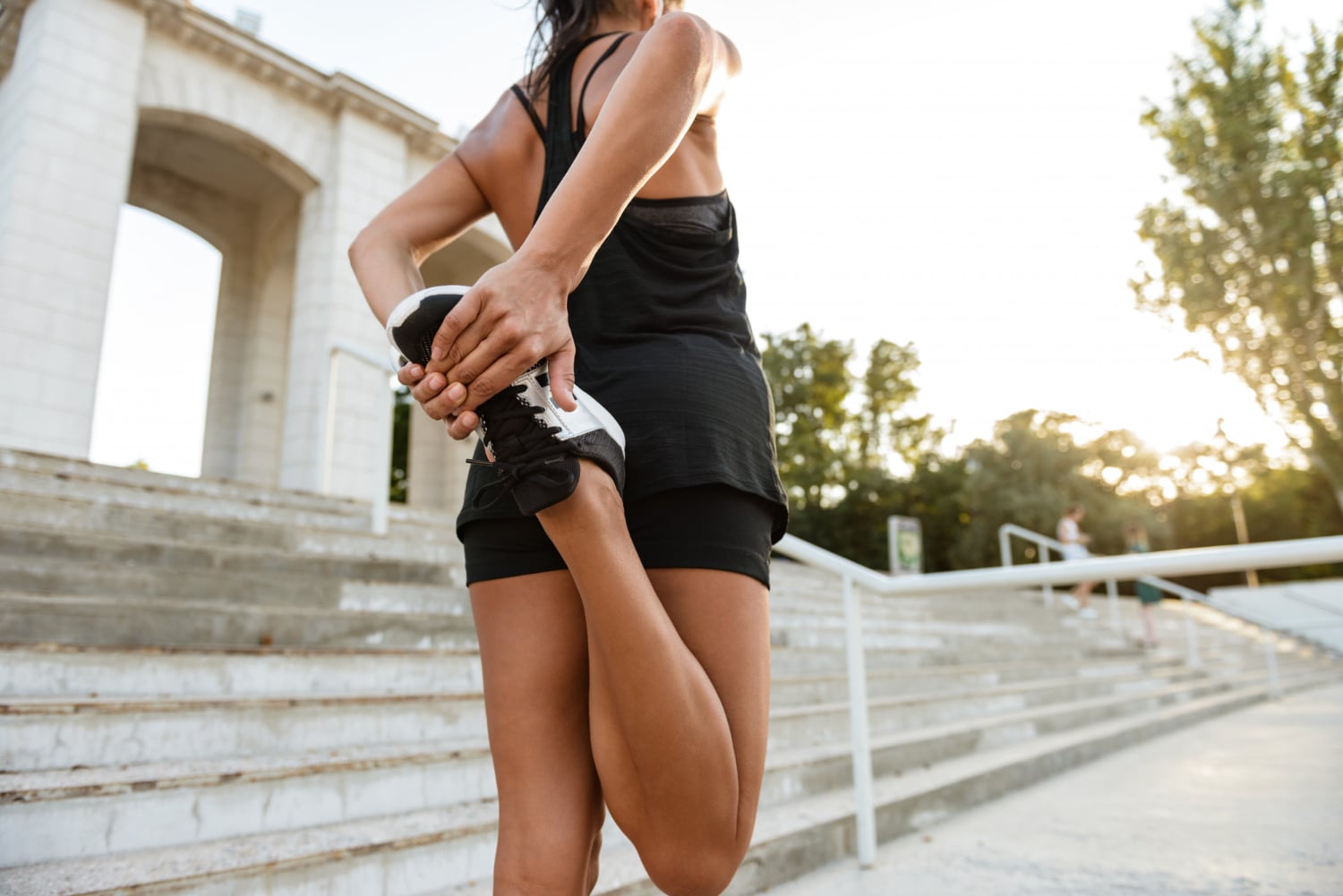Knee Pain in Athletes: Understanding and Preventing Osteoarthritis


Knee pain is a common complaint among athletes, often hampering their performance and sometimes even shortening their careers.
One of the leading causes of chronic knee pain in athletes is osteoarthritis (OA).
This degenerative joint condition may sound like it’s reserved for the elderly, but the high-impact nature of sports can lead to earlier onset of symptoms in athletes.
What is Osteoarthritis?

Osteoarthritis, often termed 'wear and tear' arthritis, is a condition in which the cartilage that cushions the ends of bones in your joints deteriorates over time.
Once this cartilage wears away, bones begin to rub against one another, leading to pain, swelling, and reduced motion.
Dr. John Smith, an orthopedic surgeon and researcher at XYZ University, says:
“The repetitive and high-impact nature of many sports places excessive strain on the joints, making athletes more susceptible to early osteoarthritis.”
Risk Factors in Athletes

- Trauma and Injuries: Athletes, particularly those in contact sports, are prone to acute knee injuries like ACL tears.
Such injuries significantly increase the risk of developing OA later in life. - Overuse: Sports that involve a lot of running, jumping, or sudden direction changes can put consistent strain on the knees.
- Muscle Weakness: Muscles act as shock absorbers for joints.
Weak muscles mean more force gets transmitted to the joint, increasing the risk of wear and tear. - Improper Technique: Incorrect form during training or competition can put undue stress on the knee joint.
Prevention Strategies for Athletes

Strength Training
Strengthening the muscles around the knee joint can significantly reduce the risk of injuries and the subsequent development of OA.
A study published in the Journal of Orthopaedic Research in 2019 revealed that athletes with stronger quadriceps and hamstrings had a reduced risk of knee osteoarthritis.
Flexibility and Stretching

Flexibility can reduce the stress on the knee joint.
Incorporate regular stretching into your training regimen to maintain a good range of motion.
Proper Technique

Learning and consistently practicing the proper technique can reduce undue stress on the knees.
Athletes should regularly review their form with coaches or trainers.
Adequate Rest

Continuous training without adequate rest can expedite wear and tear.
It's essential to balance rigorous training with rest periods to allow the body to recover.
Weight Management

Excess weight places additional stress on weight-bearing joints, including the knees.
Maintaining an optimal weight can help in reducing the risk of OA.
Protective Gear

Using knee pads or braces can help in protecting the knees from direct trauma, especially in contact sports.
Notable Quotes

"An ounce of prevention is worth a pound of cure." – Benjamin Franklin. This quote is especially true for athletes. Investing in preventive measures today can save years of pain and complications in the future.
"Every athlete owes it to themselves to take care of their body. The joints you protect today will support you tomorrow." – Maria Gonzales, a retired professional basketball player who developed early OA.
Conclusion

Osteoarthritis is a growing concern among athletes, but with the right knowledge and preventative measures, the risk can be significantly reduced.
Investing time in strength training, stretching, rest, and technique can go a long way in ensuring a long and healthy athletic career.
Athletes must remain proactive, taking preventive measures seriously to ensure that their knees remain strong and healthy for years to come.

